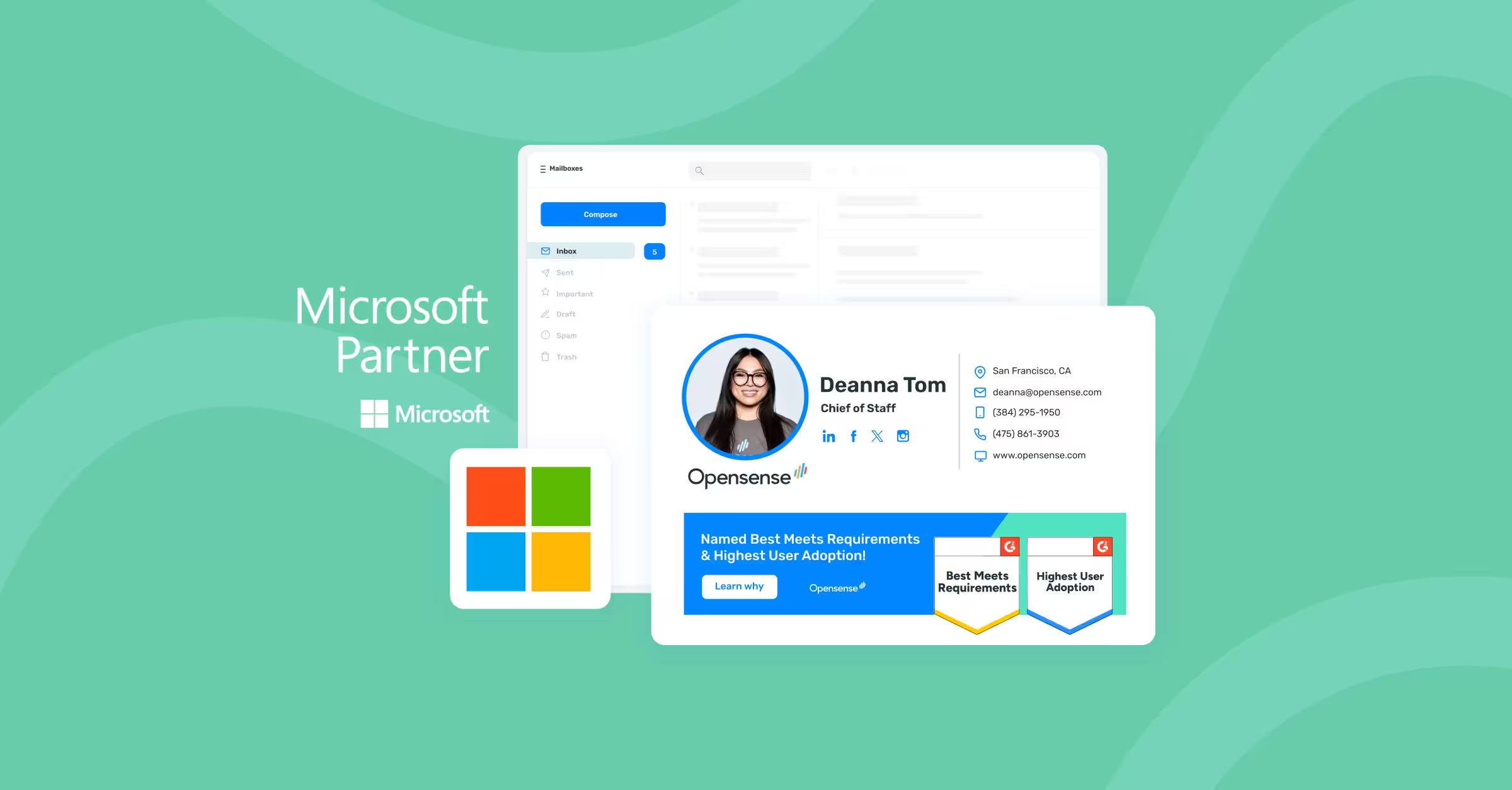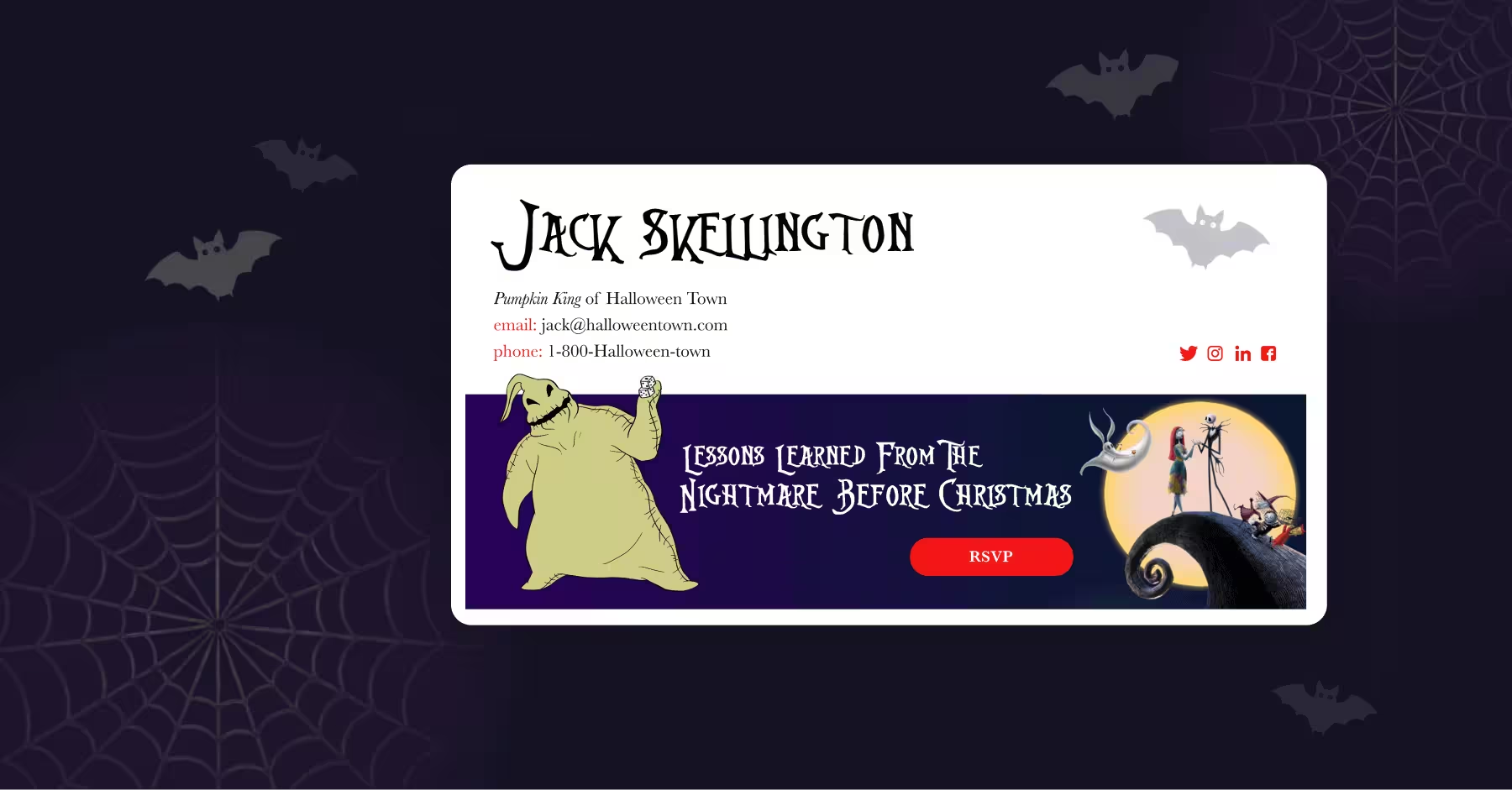
Building a Great Content Strategy With SEO First
What I Learned From Divvy’s Rachel Cottam and Stephanie Newton
Taking the SEO Blinders Off
Before we dig into the “Aha!” moment I had speaking with the content marketing team at Divvy, allow me to set the stage:
I am not a technical marketer. Despite all the growth I’ve witnessed and supported, I’ve never cared much about things like SEO. Somebody always knew more than me, so I’d hire that person and get out of their way. I figured that if I simply made “great content,” people would come; and that’s partly true! A critical part of attracting attention to your brand is creating content that your audience enjoys, engages with, and finds informative.
And while Google’s 3 million searches every minute are trying to pull up great content, there is much more to the philosophy behind search engine optimization than using the right keywords and meta tags.
SEO is at the heart of a great content strategy.
Of course, if you’re okay with your content simply making the rounds for a little while and then ending up in a dusty corner of your website, go ahead and ignore this next part.
Lessons From the Pros
I didn’t recognize the relationship between SEO and strategy until I had the chance to interview Divvy’s content marketing manager, Rachel Cottam, and SEO manager, Stephanie Newton on Growth Marketing Camp.
Last year, Divvy - a rapidly growing fintech company — won the SAMY (Sales and Marketing of the Year) Award from the Utah Business Publication after their superb SEO and content marketing strategy helped them create a 4000%+ increase in website traffic.
Those are the results an SEO-ignorant marketer like myself can only dream of.
Check out the full interview here 🎙️
Rachel and Stephanie walked me through their approach to SEO and how their content strategy helped them to drive website traffic at such an impressive rate.
Their game plan was simple in principle: Answer hyper-relevant, timely questions for prospective customers better than anyone else in the market, including the federal government.
During the economic turmoil of 2020, Divvy’s team recognized that their ideal customers (business owners & finance leaders) were going to have a lot of questions like the following:
- Should I apply for an SBA disaster loan versus should I apply for the PPP?
- What can I use PPP loan funds for?
- How do I apply for a PPP loan if I’m self-employed?
Rachel and Stephanie’s team knew they would have to act fast and create content that answered these questions clearly enough for buyers to prefer it over the answers coming directly from the Small Business Association and other government entities.
Even after they were able to generate enough authority with their high-quality content to rank well above any direct competitors, the SEO-first strategy didn’t stop. They realized that the same people applying for the loans would eventually have questions about payback terms. They used Google Trends and customer-centric thinking to develop even more topics and continue to stay on top of the surge of interest.
While this drove tens of thousands of new visitors to their site searching for answers, it also generated significant new business for their sales team, setting records month after month.
They Ask, You Answer
In his book, They Ask, You Answer A Revolutionary Approach to Inbound Sales, Content Marketing, and Today’s Digital Consumer, Marcus Sheridan stresses the importance of answering the right questions at the right time as a foundational principle of content strategy. Regardless of industry, buyers are asking search engines for answers to their most pressing questions.
Consider the questions your buyers are asking both related to your product directly and tangentially related.
At Opensense, our prospective clients need help answering questions like these:
- “How do I mandate one email signature style across my entire company?”
- “Do I need a server-side email tracking solution or can I get away with a plugin?”
But they also have broader questions about email deliverability, email as a marketing channel, and more. We’re adding these to our content planning now so we can better serve our buyers and get more love from Google.
Download 11 Ways to Create the Content Your Customers Are Craving ⬇️
The Proof in the Pudding
If you’re not sure that this is how the greatest brands are doing things, check out these examples of question-driven content from some brands we admire (I’m sure you can find many more):
Gong
- The Question: “How do I get more people to respond to my emails?”
- The Answer: These Are The Best Sales Email Tips You’ll Read In 2021
Southern Trust Mortgage
- The Question: “What qualities matter most in a home at my age?”
- The Answer: Four Things Young Homebuyers Should Look For
While the technical side takes some mastery, optimizing your content strategy with SEO doesn’t have to be a herculean effort. It’s as simple as figuring out what questions your prospective clients are asking and answering them.
Thanks again to our friends from Divvy for joining us and inspiring this post! If you want to learn more about them, check out their website, and be sure to follow Rachel Cottam and Stephanie Newton for more great marketing ideas.


.svg)



.svg)



